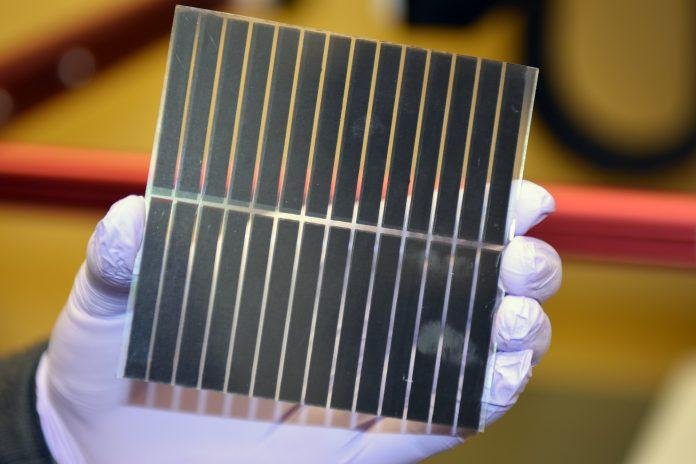New synthetic material will make solar panels even cheaper

Solar panels have become more and more commonplace and efficient, but there is still an obstacle to overcome so that these become a regular way of extracting energy from sunlight. The price of silicon, an important component for the operation of cells, was always going to be a problem, but now there is already a new material that can replace this element and make photovoltaic cells cheaper for everyone.
The solution was proposed by the Institute of Technology and Science of Okinawa, Japan. Researchers tried to replace the silicon with a perovskite crystalline structure, but made from synthetic rather than organic materials, eliminating the heat weakness that characterized this molecular configuration. In addition to being cheaper to produce, they are also easier to apply when dissolved.
The problem is that inorganic material is less efficient at absorbing energy, but researchers at the Japanese university have introduced manganese into the structure, solving this problem, while incorporating carbon (instead of gold) electrodes for conducting energy, reducing even more the price of production. The next hurdle is to increase the life span, as it is estimated that these cells only last up to two years, compared to 20 of a solar panel currently sold.